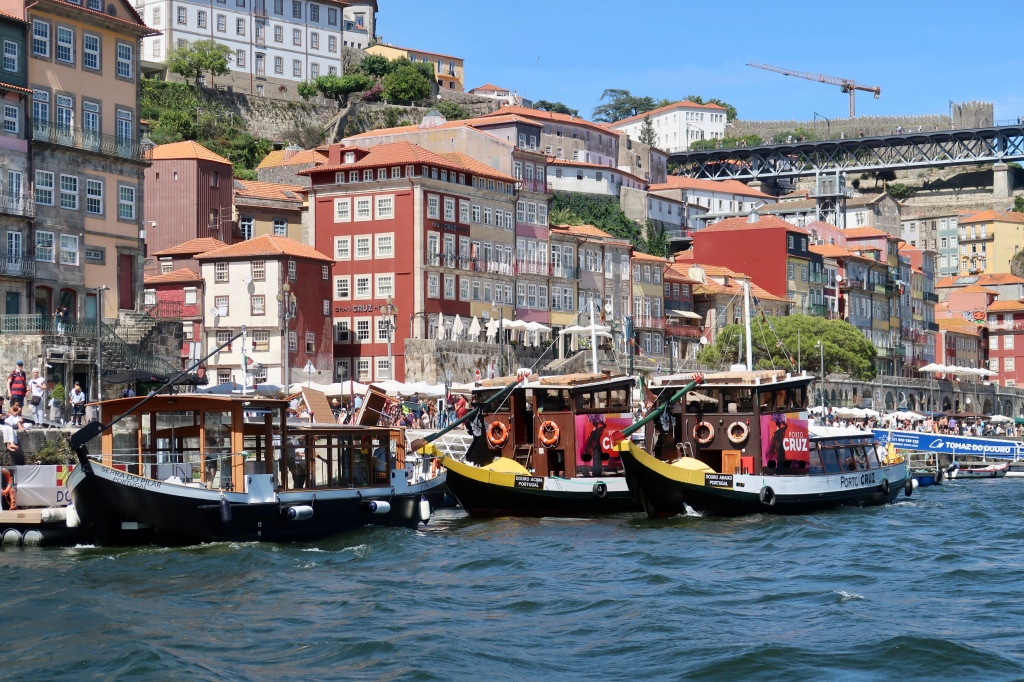In 1178 the first king of Portugal built a magnificent Gothic church in the city of Alcobaça (ahl koh BAH sah) to commemorate his victory over the Moors.
The church evolved into a monastery, now home to the tombs of King Pedro I and his murdered mistress Inês, and to a tale of young love gone gruesomely creepy.
Here’s the story: In 1340, Pedro’s father, King Afonso IV, arranged a politically strategic marriage for his son. Pedro instead fell in love with his new wife’s lady-in-waiting, Inês de Castro.
Pedro’s father did not approve of the prince’s affair and exiled Inês. A few years later, Pedro’s wife died. Upon hearing the news, Inês returned to Portugal, moved in with Pedro, and bore him four children.
Afonso thought Inês’s influence presented too much of a threat to Pedro’s legitimate son and heir to the throne. In 1355, the king had Inês murdered.
A grief-stricken Pedro sought revenge against his father and sparked a civil war within Portugal. Upon Afonso’s death in 1357, Pedro became king. Then things got weird—Pedro installed dead Inês as his queen.
Continue reading



